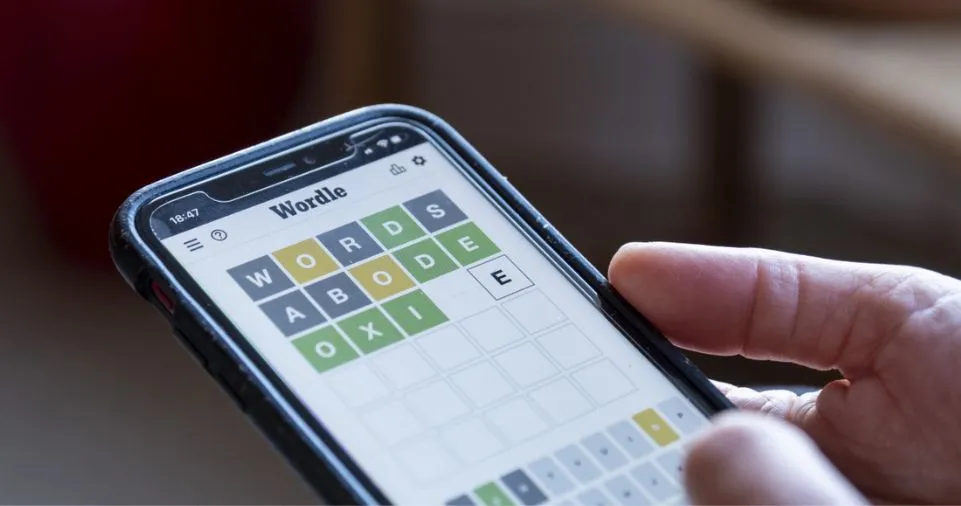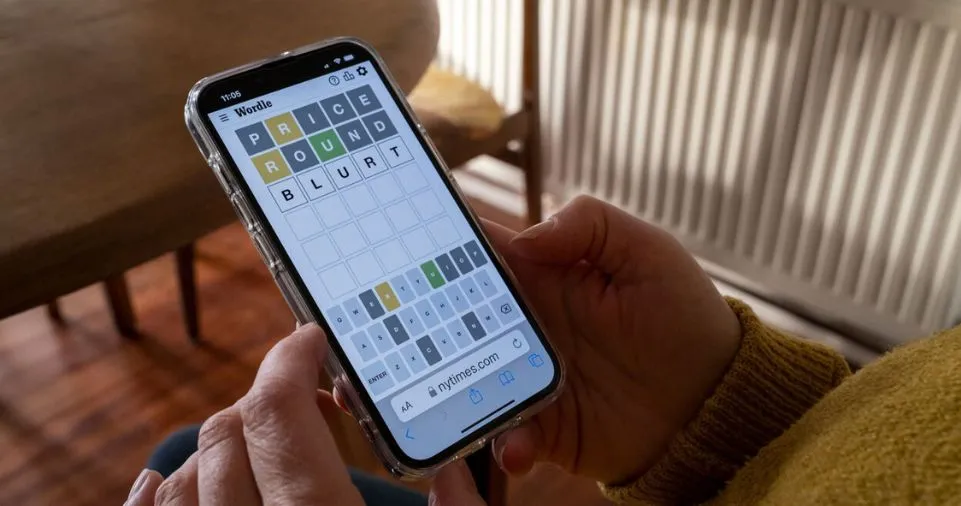Wordle, the globally loved word-guessing game, now offers versions in various languages, catering to multilingual players and language learners.
Playing Wordle in non-English languages opens doors to unique linguistic challenges and cultural nuances, from accented characters in Spanish and French to the compound words of German or the kana scripts of Japanese.
This guide dives into practical tips for mastering Wordle in other languages, helping players navigate different alphabets, recognize letter patterns, and adapt strategies.
Whether you’re a polyglot honing your skills or a learner exploring new vocabulary, discover how to enhance your gameplay, tackle linguistic twists, and make the most of this engaging puzzle phenomenon in any language.
What Is Wordle, and Why Has It Gained Popularity?
Wordle is a word-guessing game where players have six attempts to identify a hidden five-letter word. After each guess, the game provides feedback:
- Green tiles indicate correct letters in the correct position.
- Yellow tiles signify correct letters in the wrong position.
- Gray tiles denote letters that are not in the target word.
Its simplicity, limited daily challenge, and shareable results have fueled its viral spread. Non-English versions of Wordle have expanded its reach, offering unique challenges due to linguistic nuances, varying alphabets, and distinct word structures.
Popular Non-English Wordle Versions
Here are some widely played Wordle variants in different languages:
| Language | Game Name | Special Features |
|---|---|---|
| Spanish | Wordle ES | Utilizes accents and ñ. |
| French | Le Mot | Includes diacritics (é, ç). |
| German | Wortle | Handles compound words. |
| Japanese | Kotoba | Katakana/Hiragana versions available. |
| Italian | Parole | Emphasizes vowel-rich words. |
ALSO READ: How to Analyze Wordle Stats: What Your Win Rate and Guesses Mean
How to Play Wordle in Non-English Languages

Playing Wordle in another language involves the same mechanics but may require adjustments for linguistic differences. Here are some steps to get started:
Choose the Right Platform
Select a trusted Wordle version tailored for your desired language. Many language-specific Wordle clones maintain the original game’s integrity while incorporating language-specific rules.
Understand the Alphabet and Characters
Certain languages use additional characters or diacritical marks, which can influence gameplay:
- French: Letters with accents like é, è, and ê are common.
- Spanish: The letter ñ is essential in many words.
- German: Umlauts (ä, ö, ü) and the Eszett (ß) can appear.
Leverage Word Lists
Familiarize yourself with commonly used words in the target language. Many Wordle clones draw from everyday vocabulary lists.
Learn Language Patterns
Recognize linguistic patterns, such as:
- Vowel placement (common in Italian).
- Compound word usage (frequent in German).
- Letter frequency (e.g., “e” is common in most European languages).
Use Contextual Clues
Some languages, like Japanese, rely heavily on context due to homophones. For example, in a Hiragana-based Wordle, the context of the guessed word can hint at the solution.
Challenges of Playing Wordle in Non-English Languages
Special Characters and Accents
Accented letters and unique characters can pose challenges for players unfamiliar with their use.
Solution: Use a keyboard with the appropriate language settings. For example, activate a French or Spanish keyboard to easily type é or ñ.
Different Alphabets
Languages like Russian (Cyrillic) or Japanese (Kana) involve entirely different alphabets.
Solution: Familiarize yourself with the new script and its phonetics. Online typing practice tools can help.
Cultural Nuances
Certain languages have culturally specific slang or idiomatic expressions, which can appear in Wordle variants.
Solution: Study the culture’s linguistic quirks and idioms to improve your guesses.
Tips for Excelling at Non-English Wordle
| Tips | Why It Helps |
|---|---|
| Learn High-Frequency Letters | Certain letters appear more often in each language (e.g., “e” in French). |
| Memorize Common Words | Boosts your chances of guessing correctly early. |
| Use Language Learning Apps | Apps like Duolingo can enhance vocabulary for Wordle. |
| Pay Attention to Feedback | Analyze patterns from green/yellow tiles to narrow down options. |
| Start with General Words | Begin with broad guesses before fine-tuning based on feedback. |
Benefits of Playing Wordle in Other Languages

Wordle in non-English languages isn’t just fun; it offers several benefits:
Language Learning
Playing Wordle is a fantastic way to learn new vocabulary, reinforce spelling, and practice linguistic patterns.
Cultural Appreciation
Engaging with Wordle variants can deepen your understanding of a language’s cultural context and nuances.
Cognitive Development
Word games enhance problem-solving, memory retention, and analytical thinking, regardless of the language.
How to Adapt Wordle Strategies for Specific Languages
French Wordle
- Prioritize vowels and diacritical marks (é, è, ç).
- Words often start with vowels like “a” and “e.”
German Wordle
- Account for compound words, as they are common in German.
- Focus on umlauted vowels (ä, ö, ü).
Spanish Wordle
- Remember “ñ” and common word endings like “-ar,” “-er,” and “-ir.”
Japanese Wordle
- Familiarize yourself with kana and the phonetic combinations of hiragana/katakana.
- Use context to distinguish homophones.
Table: Comparison of Key Features Across Languages
| Feature | English | Spanish | French | German | Japanese |
|---|---|---|---|---|---|
| Alphabet | 26 letters | 27 letters | 26 letters | 30 letters | Kana script |
| Common Word Length | 5 letters | 5 letters | 5 letters | 6-8 letters | Varies |
| Unique Characters | None | ñ | é, ç | ä, ö, ü | Hiragana/Katakana |
| Difficulty Level (1-5) | 3 | 3 | 4 | 5 | 5 |
Resources to Enhance Your Wordle Skills

Online Language Dictionaries
Tools like WordReference or Linguee can help check meanings and translations.
Language Learning Platforms
Apps such as Duolingo, Memrise, or Rosetta Stone offer vocabulary lists to strengthen your word bank.
Typing Practice Websites
Familiarize yourself with foreign language keyboards using platforms like TypingClub.
Cultural Media
Immerse yourself in books, songs, or movies in the language to naturally absorb word structures.
ALSO READ: How to Master Wordle’s Feedback System: Green, Yellow, Gray Explained
Final Thoughts
Playing Wordle in other languages is a rewarding experience that combines the thrill of a puzzle game with the joy of linguistic exploration.
Whether you’re a polyglot, a language learner, or just curious about global languages, these non-English Wordle versions offer both fun and learning opportunities.

